USD strengthened by Treasury bond yields
USD strengthened due to the increase in Treasury bond yields driven by strong economic data from the United States
The US dollar (DXY) is rising against major currencies as strong economic data and higher Treasury yields bolster its strength.
The U.S. dollar strengthened against major currencies on Thursday as strong U.S. economic data pushed Treasury yields higher. The positive news weighed on the euro and Japanese yen as investors looked to the dollar as a more attractive asset.
Pressures of monetary policy divergence
The currency hit a seven-month high against the Japanese yen as Federal Reserve Chairman Jerome Powell signaled the possibility of two rate hikes this year and did not rule out a hike in July. In contrast, Bank of Japan Governor Kazuo Ueda stressed the need for sustained inflation of 2 percent and wage growth before considering an exit from ultra-easy stimulus.
Japanese government officials have expressed concern over the rapid appreciation of the dollar against the yen, raising verbal warnings and the possibility of intervention in the currency market. Last year, when the dollar exceeded 145 yen, the Ministry of Finance and the BOJ stepped in. Currently, the dollar increased by 0.25% to 144.855.
Mixed inflation data weighs on the euro
Meanwhile, the euro faced mixed inflation data from Germany and Spain. Although consumer prices in Germany’s most populous state, North Rhine-Westphalia, rose 6.2 percent year-on-year in June, up from 5.7 percent in May, a similar pattern was seen in other states. Spain eased 12-month inflation to 1.9 percent, the lowest since March 2021, but still above economists’ expectations of 1.7 percent.
Looking ahead, investors are closely monitoring future inflation figures in the Eurozone, which could impact the Euro’s performance.
Short term forecast
As a result, the US dollar’s gains against major currencies were driven by strong US economic data and higher Treasury yields. While the euro faced mixed inflation data, the Japanese yen was affected by diverging policy plans between the Federal Reserve and the Bank of Japan. The potential for foreign exchange intervention adds another layer of uncertainty to the dollar-yen parity. Traders will monitor future economic indicators and central bank actions while moving in the currency markets.

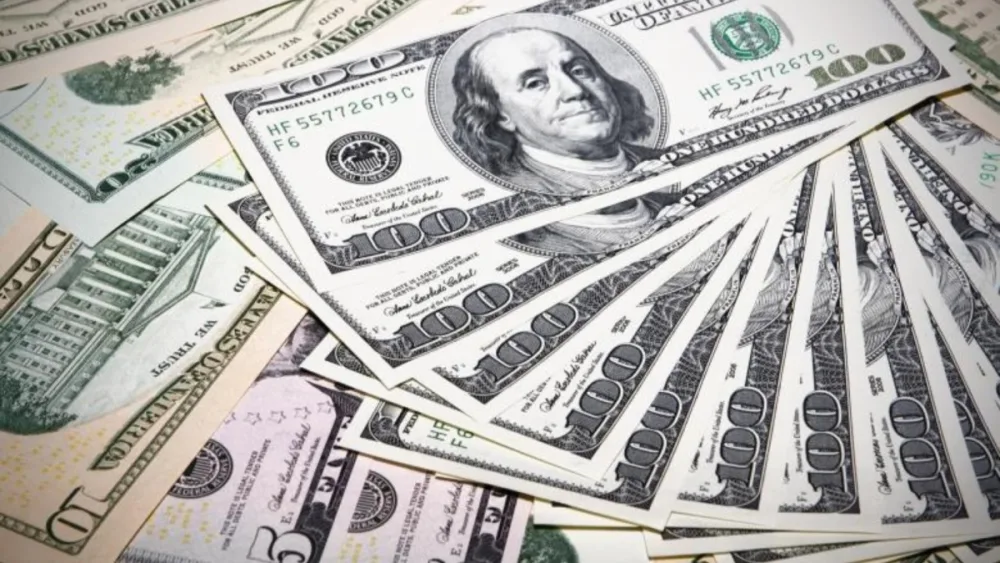


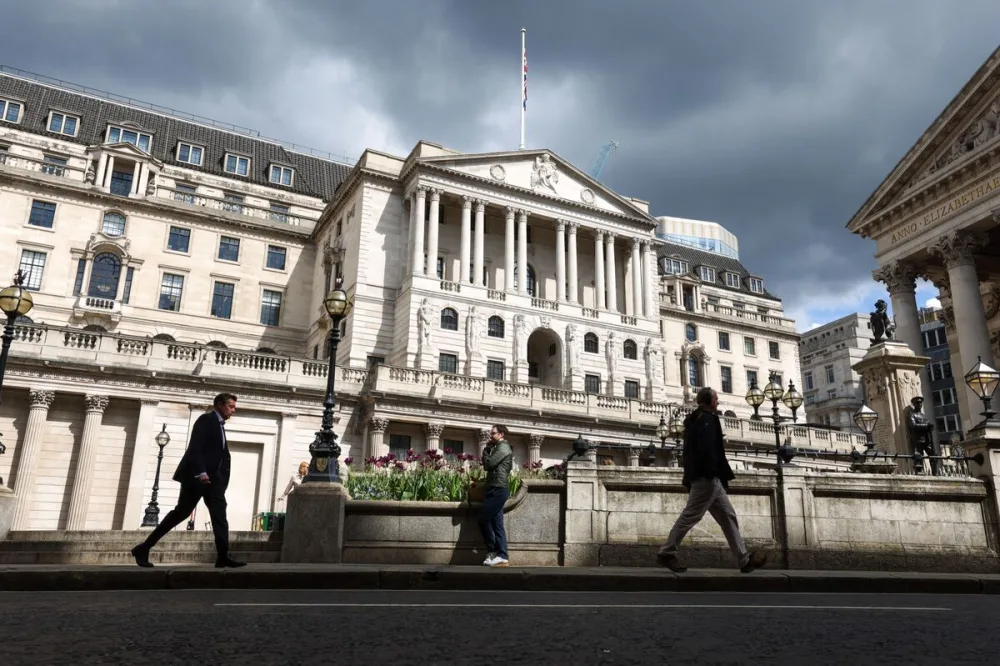
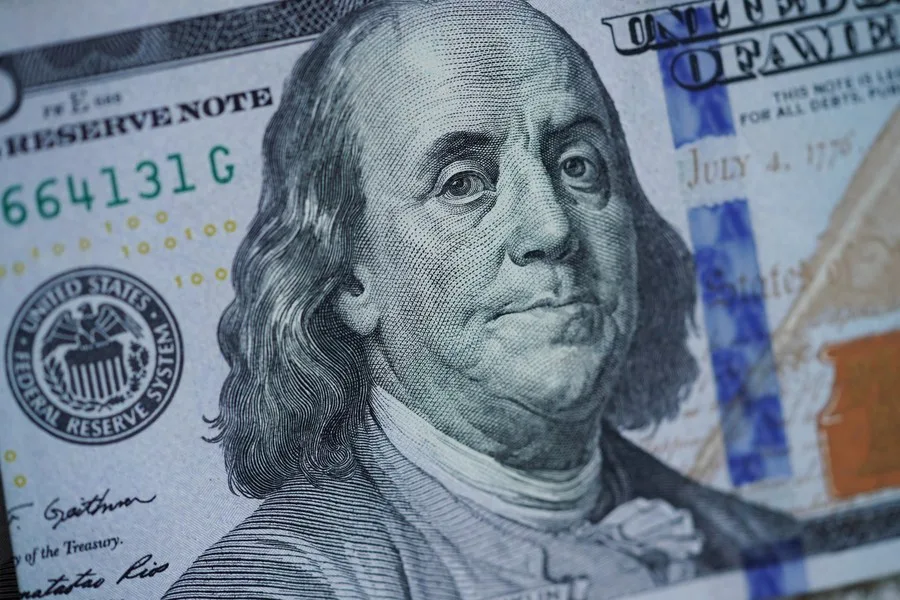



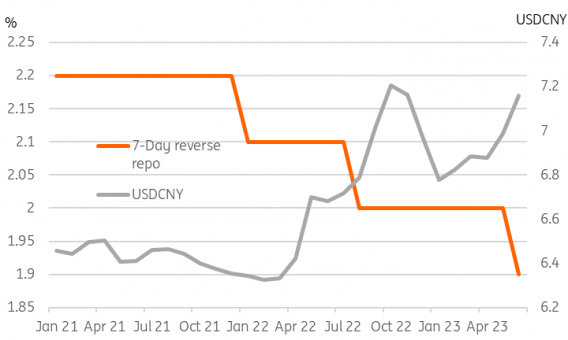
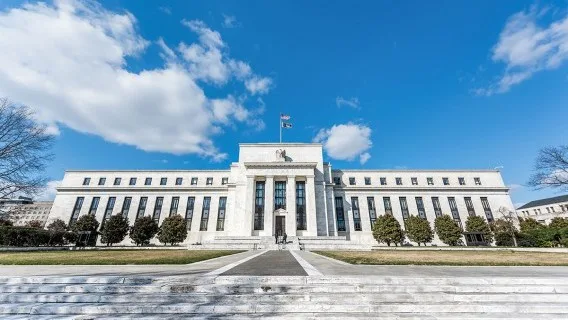
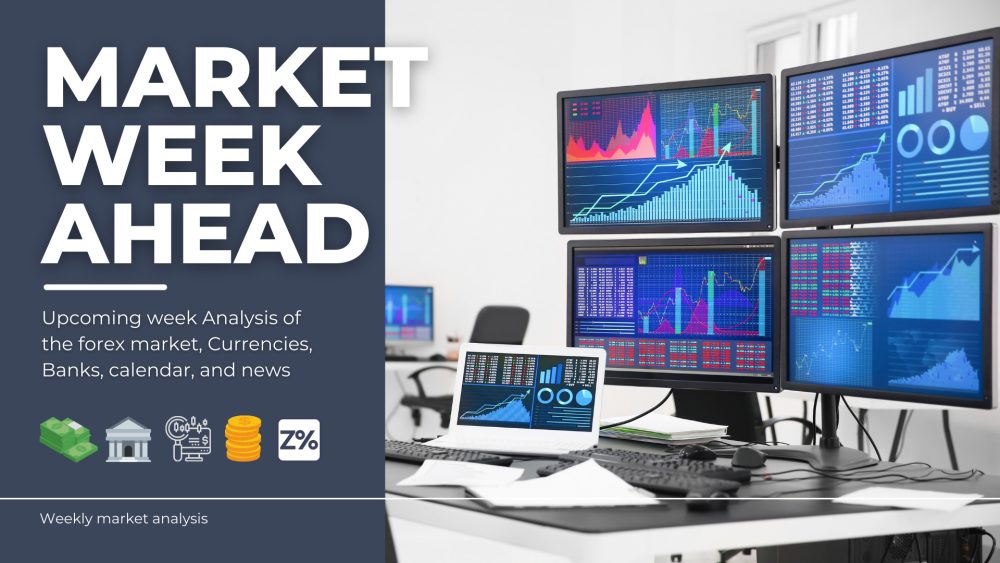
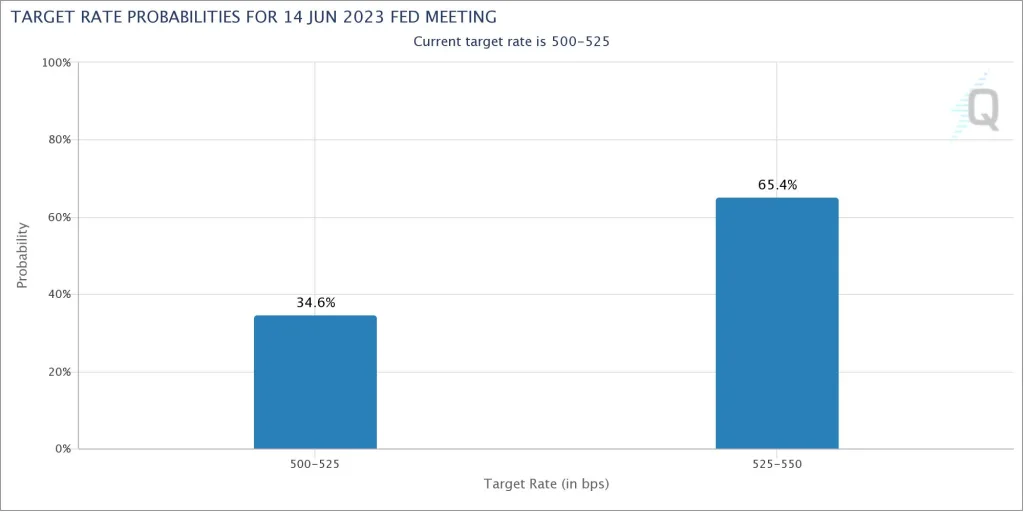


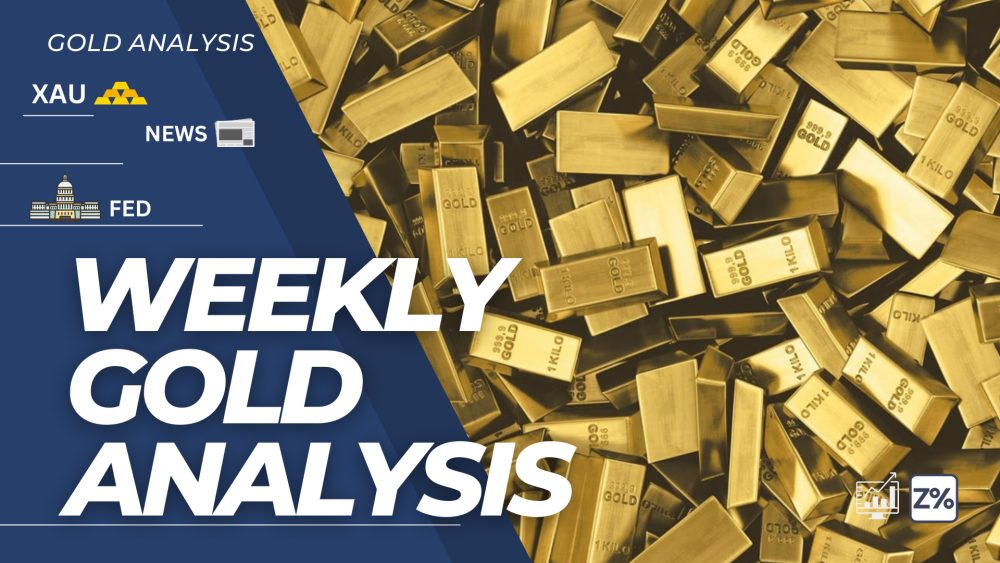
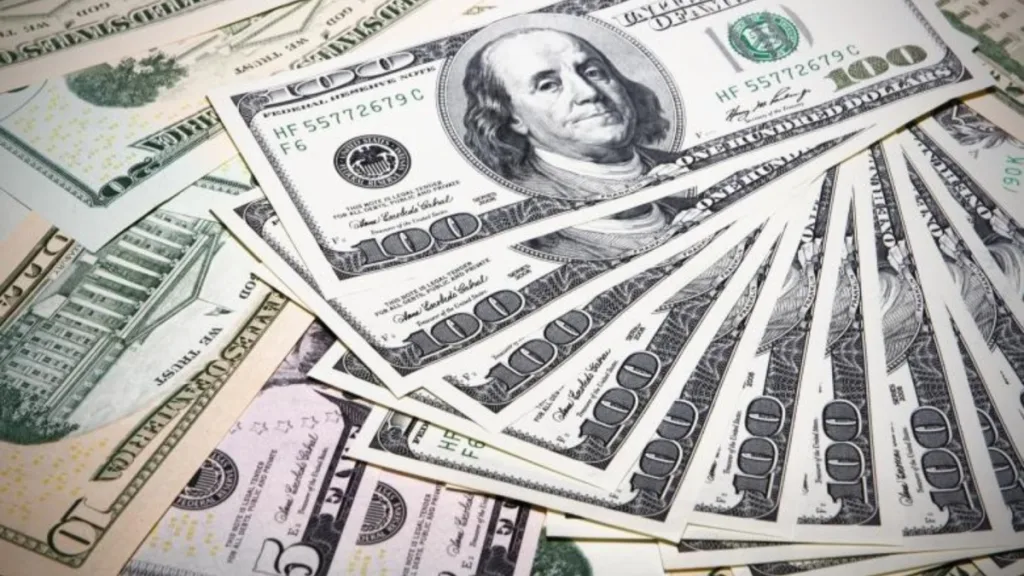

Leave a Reply
You must be logged in to post a comment.